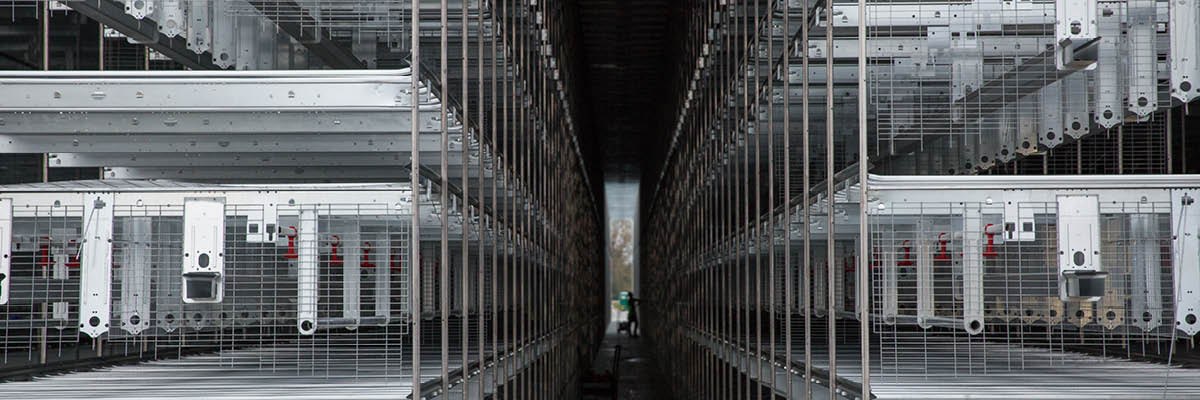Shedding a Little Light on Lighting Cage-free Environments
Light management is an integral part of raising laying hens. In fact, it is of essential importance to all types of chickens. With a growth in the rate producers are switching to cage-free housing, attention to lighting has gained interest.Many producers are rapidly switching to cage-free housing for layers. They are making a move to meet consumer demands and corporate commitments to source eggs from hens living in a cage-free environment. Producers are making the conscious commitment to move to cage-free production thanks to exceptional innovations in facility design and tech incorporation that make the environments productive and proficient for birds and humans alike.
Anytime there is a change in how things are done, many considerations must be carefully re-evaluated and recalculated. At a recent International Production and Processing Expo (IPPE), Dr. Aaron Stephan spoke to participants in a Tech Talk focused on lighting and new challenges producers are meeting with both practical and innovative approaches.
Lighting is always important to poultry production. Birds like a schedule - it is their nature. Their physiology proves this. They absorb light, and what type of light spectrum they can absorb/use influences their circadian rhythm. That, in turn, influences their natural release of hormones critical to their health and well-being. As a result, that positively influences their productivity.
Stephan, Director of Biological Research for Once, Inc., noted that as producers move to housing systems where birds have more freedom of movement, such as cage-free environments, there are some additional considerations regarding lighting.
In his IPPE Tech Talk, he broke them down into these four key areas:
- Schedule: Stephan noted that lighting should change as a function of the day or the flock's age. He said a 24-hour light cycle allows birds' bodies to effectively adjust their biological clocks.
- Spectrum: Producers should be aware of the entire light spectrum, the mix of wavelengths to which birds are exposed. That mixture and type of wavelengths to which birds of exposed is important to absorption.
- Intensity: The brightness of light, or its power, corresponds to how bright the light is perceived by the birds.
- Distribution: How light is distributed across the floor or within a system also impacts the birds' ability to use the light as a resource.
Summit Engineering and Construction has been at the forefront of this epic migration to cage-free layer housing since it began. They continue to lead in developing cutting-edge innovations from structural design to watering, lighting, conveyance, and nearly every aspect of the birds' living environment.


